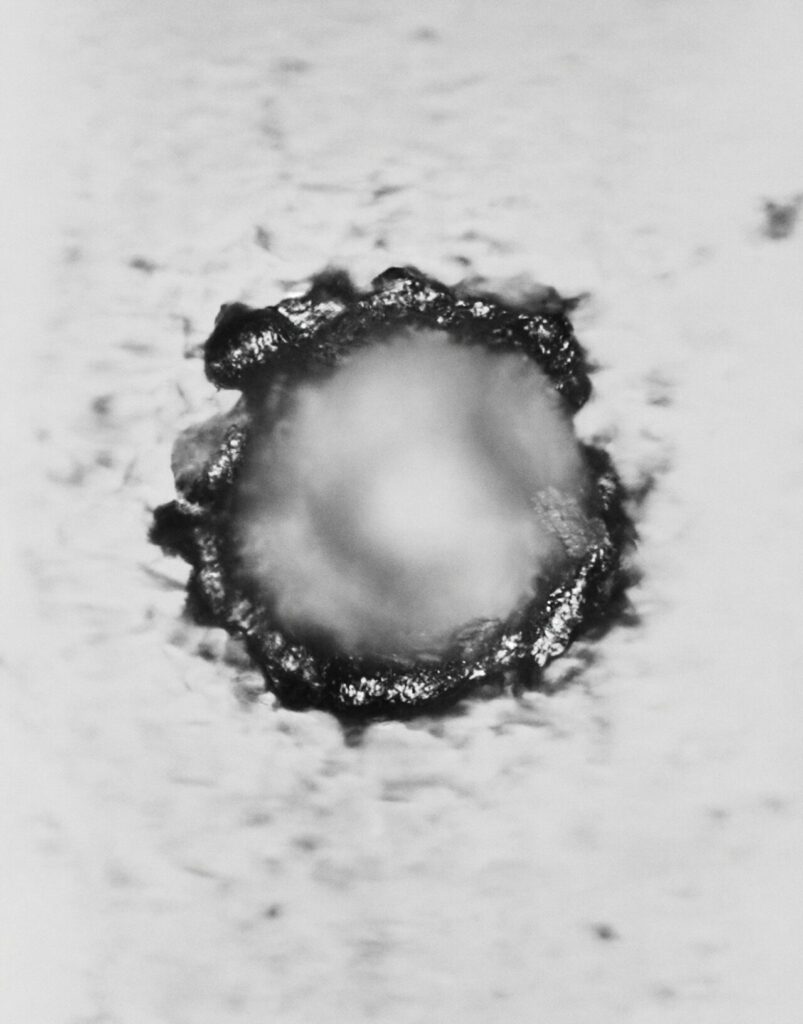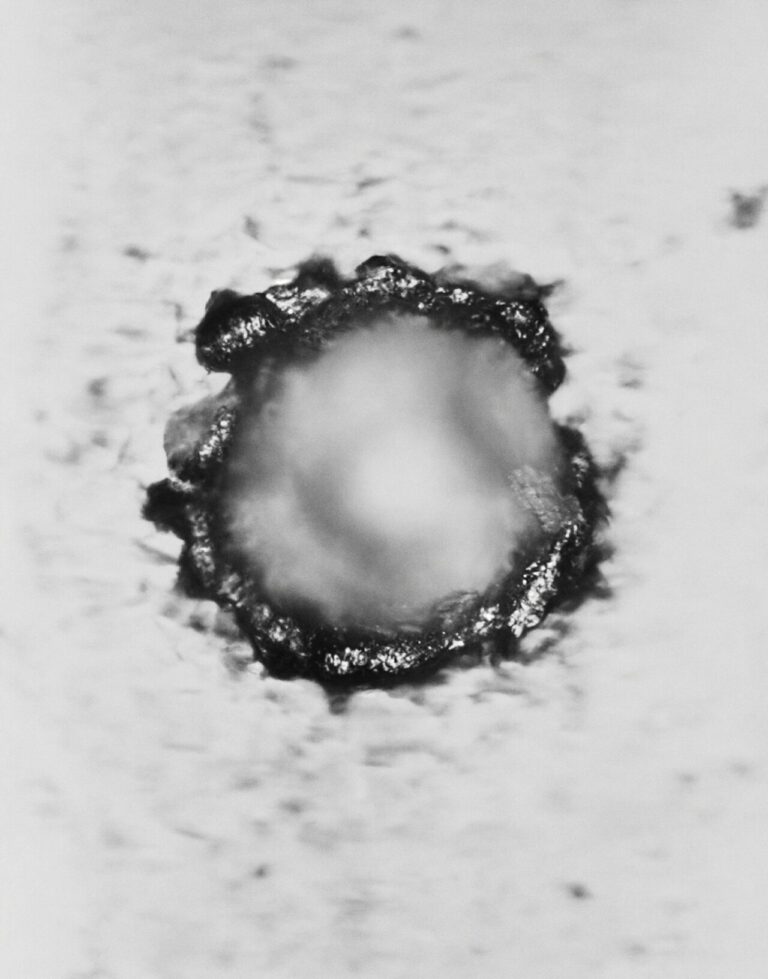“Students Develop Tabletop Particle Accelerator for Investigating Micrometeoroid Effects”
“A group of engineering students has recently designed and tested a compact particle accelerator named LOKI. Their goal was to investigate the impact of micrometeoroids on various materials. The device, detailed in the International Journal of Student Project Reporting, introduces an innovative method for controlled testing, potentially aiding the development of spacecraft and satellites vulnerable to collisions with micrometeoroids and space debris.
Sabine Fuierer from Los Alamos National Laboratory and Noah Manz, Michael Hargather, and Paul Fuierer from the New Mexico Institute of Mining and Technology in Socorro, New Mexico, USA, explain that LOKI is capable of accelerating tiny particles to simulate the typical behavior of micrometeoroids. This device has the capability to propel these particles at speeds approaching kilometers per second in a vacuum, equivalent to almost 14,000 km/h. The students’ preliminary tests have shown that they can achieve particle velocities of nearly 12,000 km/h.

Employing high-speed videography, they monitored particle velocities and observed their effects on various materials, including polyimide used in space blanketing and commonly used plastic materials like acrylic. The team documented the formation of classic impact craters resulting from ultra-high-speed collisions on the surfaces of these tested materials. The team proposes that LOKI’s practicality, adaptability, and cost-effectiveness position it as a valuable tool for such research.
They suggest that the cost per test would be a mere US$200, making it feasible for researchers to assess the impact of micrometeoroid collisions on aerospace materials intended for space applications, including space exploration. Additionally, the team highlights the ability to test multiple impact sites with appropriate separation distances in a single experiment, facilitating the necessary statistical analysis.”
This article is republished from PhysORG under a Creative Commons license. Read the original article.
Do not forget to share your opinion with us to provide you with the best posts !




0 Comments